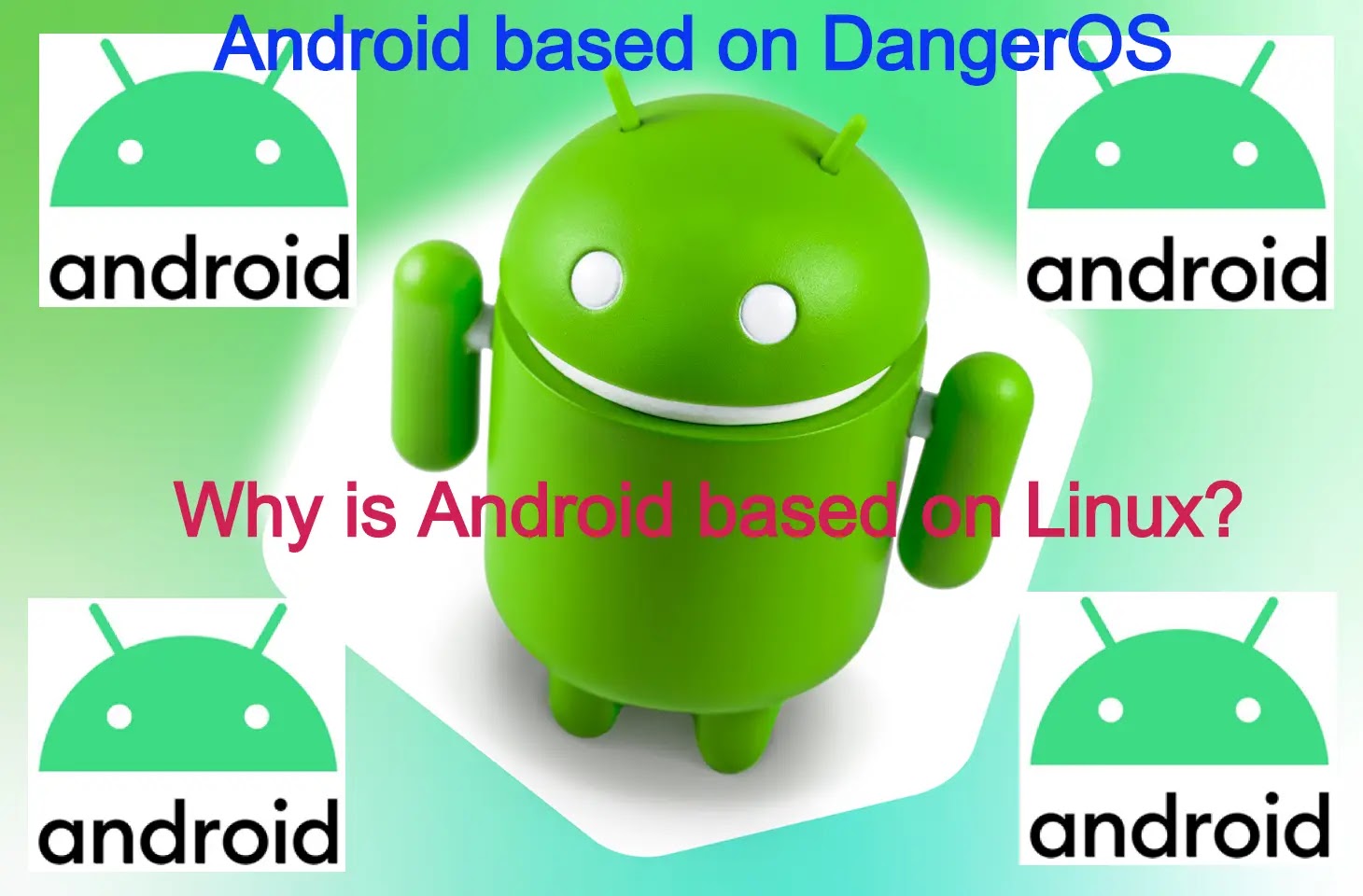Why is Android based on Linux?
Android isn’t based on Linux. It’s based on DangerOS, which was a custom Java virtual machine living above a custom Danger written RTOS. When the Android founders left
Danger to form Android they took the idea with them but they recognized that using an open source kernel was better than using a custom RTOS. It was better in the sense that they could leverage the work done on the open source kernel and didn’t have to do all of it themselves.
There wasn’t so much a conscious decision to use Linux as there was a recognition that the team had more experience with Linux than they had with BSD Unix, so they picked the Linux kernel. At the time it was technically a poorer choice but it played out well in the long run.
A Linux Design
A Linux-based system is a modular Unix-like operating system, deriving much of its basic design from principles established in Unix during the 1970s and 1980s. Such a system uses a monolithic kernel, the Linux kernel, which handles process control, networking, access to the peripherals, and file systems. Device drivers are either integrated directly with the kernel, or added as modules that are loaded while the system is running.
The GNU userland is a key part of most systems based on the Linux kernel, with Android being the notable exception. The Project’s implementation of the C library works as a wrapper for the system calls of the Linux kernel necessary to the kernel-userspace interface, the toolchain is a broad collection of programming tools vital to Linux development (including the compilers used to build the Linux kernel itself), and the coreutils implement many basic Unix tools. The project also develops Bash, a popular CLI shell. The graphical user interface (or GUI) used by most Linux systems is built on top of an implementation of the X Window System. More recently, the Linux community seeks to advance to Wayland as the new display server protocol in place of X11. Many other open-source software projects contribute to Linux systems.
